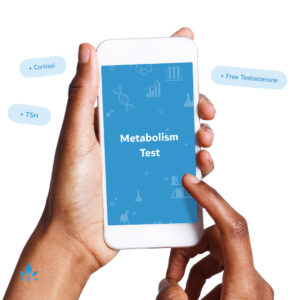How to Read an Ingredients List for Food Allergies


If your child has a food allergy, knowing how to read an ingredients label could save his or her life. All parents of children with food allergies should know how to read an ingredients label, as it is a basic food allergy management technique.
The complete ingredients list will usually, but not always, be located near the Nutrition Facts Panel. On an item that is marked \”Not Labeled for Individual Sale,\” such as a bulk item from a big box store, the complete list of ingredients may be on the larger container from which the individual item was taken.
Food Allergy Labeling and Consumer Protection Act (FALCPA)
The Food Allergy Labeling and Consumer Protection Act (FALCPA) became effective in 2006 and requires the top eight food allergens—which account for 90 percent of all food allergies—be highlighted separately on the ingredients label in plain, easy-to-understand language.
This law has made reading ingredients lists much easier for individuals with food allergies.
FALCPA applies to all packaged foods subject to regulation by the FDA, including foods made in the US and those that are imported.
Furthermore, FALCPA requires the product label to identify the type of tree nut (e.g., cashew, almond, hazelnut), the type of fish (e.g., bass, cod), and the type of crustacean fish (e.g., crab, lobster) present in the product.
There are two ways in which allergens may be described:
With the statement “Contains” followed by the name of the food source from which the major food allergen is derived immediately after or adjacent to the list of ingredients, in a type size no smaller than that used for the list of ingredients (e.g., “Contains milk and wheat”)
By placing the common or usual name of the allergen in the list of ingredients followed in parentheses by the name of the food source from which the allergen is derived (e.g., “natural flavoring [eggs, soy]”)
If you are allergic to an allergen other than one of the major allergens (such as apple, sesame seeds, or poppy seeds), your allergen doesn’t have to be identified in the ingredients list.
Sources:
- Food Allergies.
The Food Allergy and Anaphylaxis Network.
Sicherer S - Food Allergies: A Complete Guide to Eating When Your Life Depends on It.
Joneja JV - The Health Professional’s Guide to Food Allergies and Intolerances.
Powered by Bundoo®












































